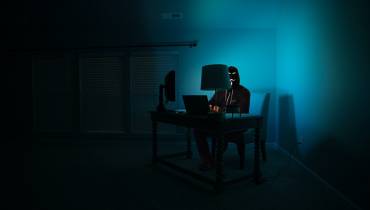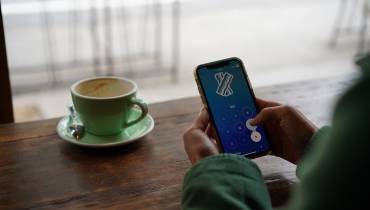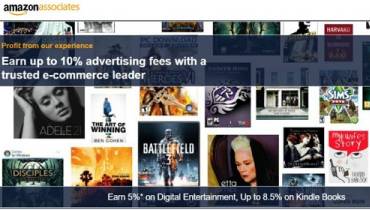How Technology is Making Museum Exhibitions More Interactive
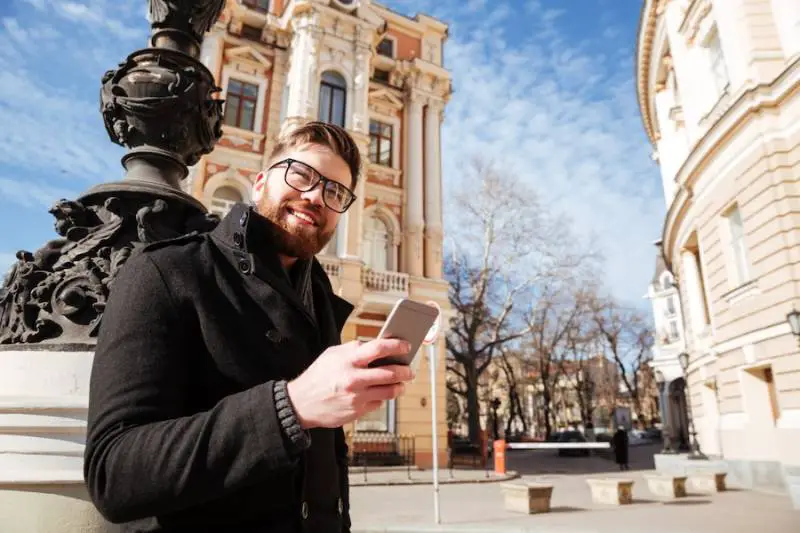
Technology is ever-evolving in every aspect of our lives. Museums are one of the sectors you might not immediately connect with technological advancements, with their focus on preserving history.
However, today’s museums are looking at how they can include apps, digital interactivity, and virtual reality (VR) in their exhibitions, to encourage further visitor engagement.
In Italy alone, for example, over half of museums were planning to introduce augmented reality (AR), even before the dip in visitor numbers during the pandemic.
With data estimating that there will be 1.7 billion mobile AR user devices in use across the world by 2024, this is a key technological advancement that museums should tap into to stay relevant.
As the desire to add more functionality to user interfaces has increased, moving from simple single-touch interactions to multi-touch interactions such as pinch to zoom and increasingly complex gestures, Zytronic – a multi-touch screens developer – has collaborated with clients globally to provide some of the most interesting innovations in technology used in museums.
Key Innovations in Technology Used in Museums:
- The National Museum of Singapore is using technology to bring historical drawings to ‘life’ and encourage curiosity in flora and fauna.
- The National Library of Korea is allowing the general public to engage with protected, ancient texts via projective sensor technology.
- The Louvre embraced virtual reality with their immersive Mona Lisa experience.
- The Smithsonian asks us to question our knowledge of mobile phones and their development through interactive games and group chats with fictional characters.
I. Story of the Forest: National Museum of Singapore
The Story of the Forest is a gorgeous immersive art exhibition, based in the National Museum of Singapore. The installation utilizes 69 pieces of art from the museum’s most prized collection: the William Farquhar Collection of Natural History Drawings. These drawings have been turned into 3D interactive animations through the use of some creative technology.
Created by teamLab, a digital art collective from Japan, the Story of the Forest takes you through the colonial history of Singapore, right up to modern day. Visitors can walk through the exhibition and view the gorgeous animated drawings. The installation begins with darkness, the images slowly revealed as you walk through the black space.
The interactive element is introduced via an app, downloadable from the Apple or Google Play stores. Once downloaded, the app allows you to snap a photo of the animated drawings and discover further information about the animals pictured.
The app has a section titled ‘My Collection’ where you can store images you have taken and work towards discovering all the interactive elements of the exhibition. You can also take a closer look at each individual animal and discover more about its rarity level and species.
This display functions as a kind of interactive safari, taking you through various habitats. It has been a permanent exhibition at the museum since 2016, proving its popularity with visitors!
II. Real sense library: National Library of Korea
The South Korean Ministry of Culture, Sports, and Tourism aims to continue facilitating public access to important historical artefacts. The ‘real sense library’ is part of this initiative, based in the National Library of Korea.
The exciting technology used in this exhibition allows visitors to have a more ‘hands-on’ experience of artefacts that are usually kept locked away from the general public, due to their historical and cultural importance. Priceless items such as important documents and ancient texts can now be accessed in a safe way by visitors.
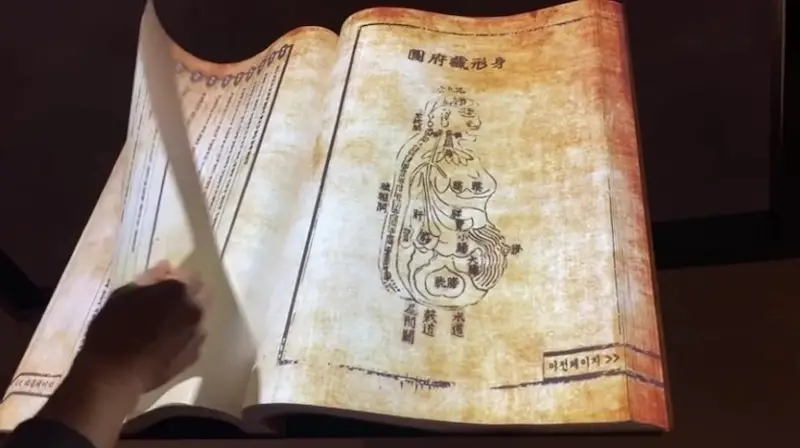
Zytronic, which also manufactures ElectroglaZ transparent power delivery technology that allows electronic devices to be powered invisibly through a pane of glass, helped in the development of the ‘Digital Book’ exhibit, a uniquely interactive installation which utilizes the look and feel of a real book that visitors can physically touch and turn the pages of. The ancient text is then digitally projected onto this large-scale book, giving the illusion that visitors are actually handling the priceless artefact!
Zytronic’s innovative touch technology means the contents of the book responds to touch gestures from up to 50mm away from the surface of the sensor. A single touch sensor was embedded behind the stack of paper pages and transmitted through the paper of the physical book itself.
This truly modern idea highlights how the power of technology can increase access and unlock experiences once thought impossible for people who aren’t specialist historians.
III. Mona Lisa: Beyond the Glass: The Louvre, Paris
Running from 2019-2020, Mona Lisa: Beyond the Glass, marked The Louvre’s first foray into virtual reality (VR) exhibitions. In collaboration with HTC VIVE Arts, the installation brought new life to Leonardo da Vinci’s most famous painting through the use of ground-breaking technology.
Visitors were able to interact with a digital imagining of Mona Lisa by wearing a VR headset. The subject of the painting is famously mysterious – not much is known about Lisa Gherardini, also known as La Gioconda. But this experience allowed for a new and layered understanding of the woman behind one of the most recognizable paintings in the world.
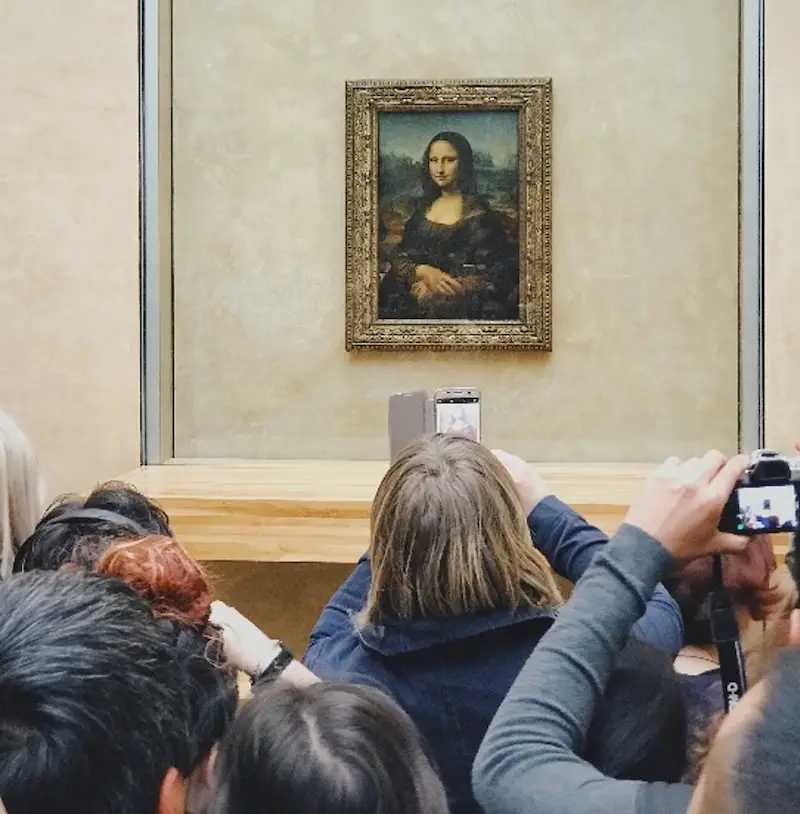
The aim of the installation was to invite viewers inside the universe of the painting and help them understand the historical world that Da Vinci existed within. VR experts worked to bring the Mona Lisa to ‘life’, using infrared, x-ray and 3D-modelling technology. They mapped the face seen in the painting and created an entire environment around the figure.
Viewers can now see a digital version of the Mona Lisa moving and posing, as she might have looked when Da Vinci was painting her. Visitors were immersed in the iconic painting in an entirely new and unique way, lending a new level of interactivity to art and history.
IV. Cellphone: Unseen Connections, The Smithsonian Institution, Washington D.C.
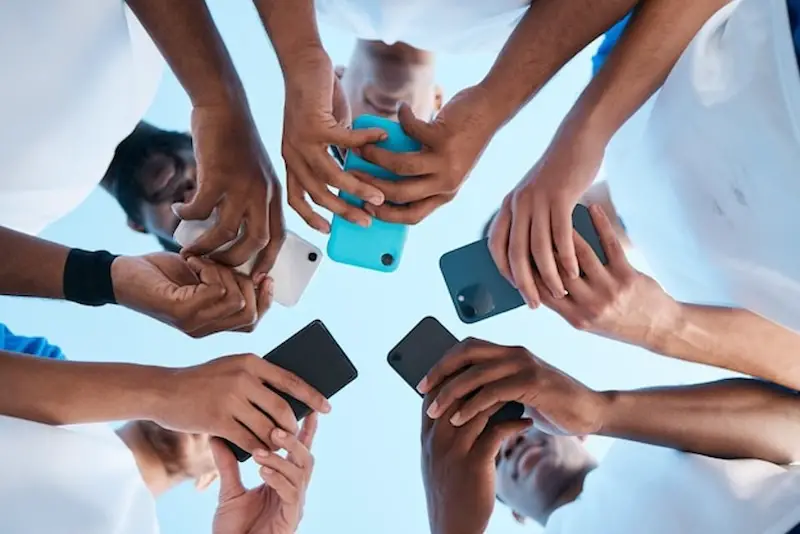
The Smithsonian’s Cellphone Unseen Connections exhibition, focused on our mobile phones and their evolution, opened in June 2023. The installation asks visitors to consider their connection to their phone and what it means to them.
Harnessing the power of interactive technology and projective display, the experience includes an interactive group chat which visitors can contribute to, as well as a graphic novel which covers three gallery walls. Visitors can hear stories from a diverse range of people about how they have contributed to the development of our phones.
The huge graphic novel charts the influence of mobile phones on our modern lives and introduces visitors to a number of characters. Visitors can then ‘chat’ with these characters via an interactive group chat and voice their own opinions about the topics discussed.
Visitors can also play interactive games and learn how to repair a mobile phone, via a virtual program. This exhibition submerges museum-goers into the world of mobile phone evolution, whilst also asking questions about our dependence on technology in our extremely connected world.
The interactive elements help to engage imaginations and bring a new understanding to an object we use and rely on in our everyday lives.
Look out for innovative exhibitions like these ones the next time you visit a museum.







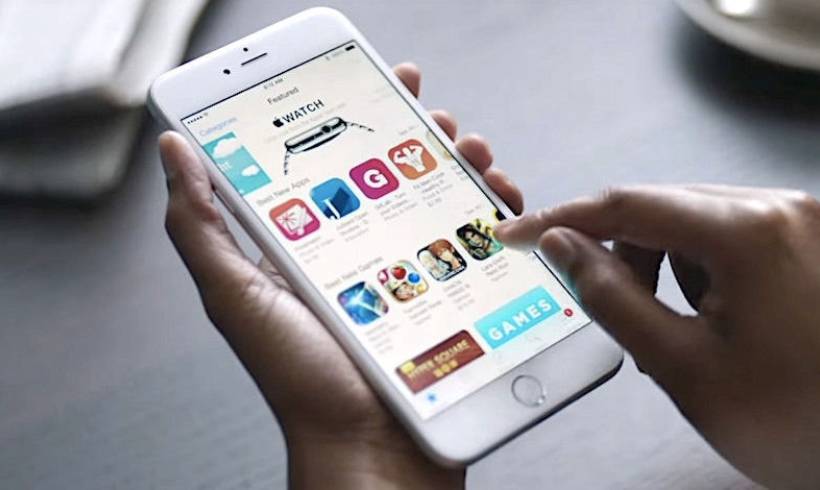

![6 Content Creation Ideas for Aspiring Student Influencers [node:title]](/sites/default/files/styles/front_featured__front_/public/smiley%20woman%20with%20ring%20light%20content%20creator%20influencing%20ideas.jpeg?itok=xZW21mJh)
![The Jobs Artificial Intelligence Will Take Over First [node:title]](/sites/default/files/styles/front_featured__front_/public/adult-person-interacting-with-futuristic-delivery-robot-jobs-ai-will-take-over.jpeg?itok=EeXB8aVo)














